Exhibition dates: 18th November 2016 – 5th January 2017
Thomas Ruff (German, b. 1958)
press++28.19
2016
Chromogenic print
72 1/2 x 93 1/2 inches (184 x 237.5cm)
Courtesy the artist and David Zwirner, New York/London
The first posting of a new year and we are off to a cracking start.
In my opinion, Thomas Ruff is one of the most creative contemporary photo-media artists working today. Since the early 1980s, Ruff has constantly pushed the boundaries of both photography and its representation of space time, culture and identity. From the early interiors, through hyperrealist portraiture, haunting night vision photographs, stereoscopes, nudes based on internet pornography and my particular favourites, the “jpegs” series (see the David Zwirner website for a survey of Ruff’s work), the artist has a wonderful self-effacing way of interrogating contemporary culture. Ruff turns the world on its head by looking at things from a different point of view. Through the use of scale, colour, manipulation and the digital layering of information, he proposes an acknowledgment of the strangeness of the world in which we live and the fracturing of seemingly holistic identities.
The artist is at his probing best again in his new series, press++, which features photomontages of the back and front of press images of various subjects including film stars, car crashes, bank robbers, car advertisements and, most notably, planes and space exploration. “Interested equally in the subject matter (and any touch-ups) on the front of the paper and the words, stamps, signatures, and smudges on the back, he thus created seamless montages of image and text, in the process compromising the integrity of the former as well as adding relevant context. The overlap causes each side to lose its intended information and merge into a new image altogether.” As the press release continues, “press++ continues Ruff’s long-standing interest in the deconstruction of the image and the new structures of photography following digital technology… As layers of information coexist seamlessly, the idea of a source becomes increasingly obsolescent and the image acquires even greater agency. The information of the press image is lost in favour of an image of its own artistic value.”
In this sense, that the press image is lost in favour of an image that radiates it own artistic value, the strongest images in this new series are the plane and space exploration ones, and for this reason I have concentrated on them in this posting. The images of film stars, car advertisements, car crashes and bank robbers are much less successful – the film stars because the original image is already laden with cultural semiotics (beauty and the surreality of star power) that cannot be so easily broken down / overwritten; the car advertisements because of the prosaic nature of the original image and the box-like design of the cars; and the car crashes (Warhol) and bank robbers because of the strong verisimilitude of the original image, the photographs relationship to its referent, which does not allow the images to be transformed so easily into new artistic works.
Only in the works of planes and space exploration does the new series take flight – a flight of fancy if you like – through the deconstruction of the original image. Here, layers of information coexist seamlessly and the idea of a singular source becomes increasingly obsolescent. Here, aerodynamic planes soar “Beyond Earth”; Gloster “Meteor” aircraft strike vertically through the clouds surrounded by a spiralling blue line, as though the plane were breaking through the limits of the Earth; bursting Aerobee rockets are excised by thick black lines; Snark guided missiles engage Associated Press Wirephoto Notices of reproduction intent (in which, now, the rocket cannot be used for the purposes of trade); and a Little Joe rocket roars skyward through a space “3 cols full deep” on the PICTURE PAGE on November 5th 1959. The day of the week was a Thursday.
Only in these photomontages is the series really successful in its goal… to produce images with their own artistic value beyond that of the original document. But what a triumph these plane and space exploration images are. They take the picture away from its origins, the rockets and planes away from the Earth, and the viewer away from the stable ground on which they stand. Conceptually they are tight and inventive, subverting known taxonomies of pictorial construction. Spiritually, they take the viewer away from themselves into another world, into Barthes’ extended form of punctum: time. These vertiginous images are indeed “the vertigo of time defeated.” Full deep.
Dr Marcus Bunyan
Many thankx to David Zwirner for allowing me to publish the photographs in the posting. Please click on the photographs for a larger version of the image.
Thomas Ruff (born 1958) is a German photographer, known for his blown up passport-like photo large scale portrait, executed between 1981 and 1985. In 2003 he published a series of nudes based on internet pornography, which were digitally processed and obscured without using any camera or traditional photographic device. Ruff’s “Substrat” series (2002-2003), continued to explore digitally altered Web-based pictures, this time based on Japanese manga and anime cartoons, although the source material was altered and manipulated so the had no visual memory of the original image. In 2009, he produced “jpegs”, another large-scale series of photographs exclusively using downloaded images, which bared lots of jpeg compression artefacts.
Installation view of Thomas Ruff New Works at David Zwirner New York, 18 November 2016 – 05 January, 2017 showing at right, Tomas Ruff’s press++30.18, 2016. Chromogenic print, 87 1/2 x 72 1/2 inches (222.3 x 184cm)
Installation view of Thomas Ruff New Works at David Zwirner New York, 18 November 2016 – 05 January, 2017 showing at left, Thomas Ruff’s press++70.01, 2016. Chromogenic print, 72 1/2 x 88 3/4 inches (184 x 225.5cm)
Installation view of Thomas Ruff New Works at David Zwirner New York, 18 November 2016 – 05 January, 2017 showing at left, Thomas Ruff’s press++22.01, 2015. Chromogenic print, 88 15/16 x 72 7/8 inches (226 x 185cm); and at right, Thomas Ruff’s press++28.04, 2016. Chromogenic print, 92 1/2 x 72 1/2 inches (235 x 184cm)
Installation view of Thomas Ruff New Works at David Zwirner New York, 18 November 2016 – 05 January, 2017 showing at left, Thomas Ruff’s press++09.26, 2016. Chromogenic print, 72 1/2 x 92 5/8 inches (184 x 235.3cm)
Installation view of Thomas Ruff New Works at David Zwirner New York, 18 November 2016 – 05 January, 2017 showing at left, Thomas Ruff’s press++28.19, 2016. Chromogenic print, 72 7/8 x 93 3/4 inches (185 x 238cm); and at right, press++21.11, 2016. Chromogenic print, 102 x 72 1/2 inches (259.1 x 184 cm)
Installation view of Thomas Ruff New Works at David Zwirner New York, 18 November 2016 – 05 January, 2017 showing at left, Thomas Ruff’s press++21.11, 2016. Chromogenic print, 102 x 72 1/2 inches (259.1 x 184cm)
Thomas Ruff (German, b. 1958)
press++28.04
2016
Chromogenic print
92 1/2 x 72 1/2 inches (235 x 184cm)
Courtesy the artist and David Zwirner, New York/London
Thomas Ruff (German, b. 1958)
press++70.01
2016
Chromogenic print
72 7/8 x 89 inches (185 x 226cm)
Courtesy the artist and David Zwirner, New York/London
Thomas Ruff (German, b. 1958)
press++32.10
2016
Chromogenic print
15 x 11 7/8 inches (38.1 x 30cm)
Courtesy the artist and David Zwirner, New York/London
Thomas Ruff (German, b. 1958)
press++65.33
2016
Chromogenic print
11 7/8 x 14 7/8 inches (30 x 37.6cm)
Courtesy the artist and David Zwirner, New York/London
Thomas Ruff (German, b. 1958)
press++65.21
2016
Chromogenic print
11 7/8 x 14 7/8 inches (30 x 37.6cm)
Courtesy the artist and David Zwirner, New York/London
David Zwirner is pleased to present press++, a new series of works by Thomas Ruff on view at 533 West 19th Street in New York.
Working in distinct series since the late 1970s, Ruff has approached different genres of photography, including portraiture, architecture, astronomy, the nude, surveillance footage, reportage, and photograms. Using a wide range of technological approaches, and often pushing the limits of photographic representation in the process, he has reinvented historical conventions and expectations of the medium. In his considered approach to the means and possibilities of photography, Thomas Ruff explores a breadth of themes that is reflected in the range of techniques he employs: analogue and digital exposures taken by the artist exist in his practice alongside computer generated imagery, photographs from scientific archives, and pictures culled and manipulated from newspapers, magazines, and the Internet.
Shown here for the first time, press++ features large-scale photographs of archival media clippings from American newspapers that relate to the theme of space exploration. Ruff scanned the front and back of the original documents, which he has been collecting over several years, and combined the two sides in Adobe Photoshop. Interested equally in the subject matter (and any touch-ups) on the front of the paper and the words, stamps, signatures, and smudges on the back, he thus created seamless montages of image and text, in the process compromising the integrity of the former as well as adding relevant context. The overlap causes each side to lose its intended information and merge into a new image altogether. As such, the often disrespectful treatment of press pictures by newspaper editors becomes obvious, as text, cropping, and retouching can all fundamentally change the original document.
press++ continues Ruff’s long-standing interest in the deconstruction of the image and the new structures of photography following digital technology. It relates to earlier series by the artist including Newspaper Photographs (1990-1991), in which images were sourced from analog newspaper prints, and jpegs (2004-2007), where he used digitally disseminated photographs. The new works further recall the emergence of photomontage in Germany in the 1920s, where it was employed by Dada artists as a potent and subversive political tool. Ruff’s digital composites, however, are not concerned with the often fragmented and surrealistic effects produced by these art historical precedents, but with the treatment of the photographic image when it is redistributed and re-archived. As layers of information coexist seamlessly, the idea of a source becomes increasingly obsolescent and the image acquires even greater agency. The information of the press image is lost in favour of an image of its own artistic value.
Press release from David Zwirner
Thomas Ruff (German, b. 1958)
press++01.38
2015
Chromogenic print
11 1/4 x 14 7/8 inches (30 x 37.8cm)
Courtesy the artist and David Zwirner, New York/London
Thomas Ruff (German, b. 1958)
press++09.27
2016
Chromogenic print
14 1/2 x 11 7/8 inches (36.9 x 30cm)
Courtesy the artist and David Zwirner, New York/London
Thomas Ruff (German, b. 1958)
press++20.56
2016
Chromogenic print
14 1/2 x 11 7/8 inches (36.7 x 30cm)
Courtesy the artist and David Zwirner, New York/London
Thomas Ruff (German, b. 1958)
press++21.11
2016
Chromogenic print
102 x 72 1/2 inches (259.1 x 184cm)
Courtesy the artist and David Zwirner, New York/London
Thomas Ruff (German, b. 1958)
press++22.01
2015
Chromogenic print
88 15/16 x 72 7/8 inches (226 x 185cm)
Courtesy the artist and David Zwirner, New York/London
Thomas Ruff (German, b. 1958)
press++01.64
2016
Chromogenic print
15 1/4 x 11 1/4 inches (38.5 x 30cm)
Courtesy the artist and David Zwirner, New York/London
Thomas Ruff (German, b. 1958)
press++24.75
2016
Chromogenic print
14 7/8 x 11 7/8 inches (37.6 x 30cm)
Courtesy the artist and David Zwirner, New York/London
Thomas Ruff (German, b. 1958)
press++25.05
2015
Chromogenic print
88 7/8 x 72 7/8 inches (226 x 185cm)
Courtesy the artist and David Zwirner, New York/London
Thomas Ruff (German, b. 1958)
press++02.20
2015
Chromogenic print
15 3/8 x 11 7/8 inches (39 x 30cm)
Courtesy the artist and David Zwirner, New York/London
David Zwirner
New York, NY 10011
Phone: 212 727 2070
Opening hours:
Tuesday – Saturday, 10am – 6pm
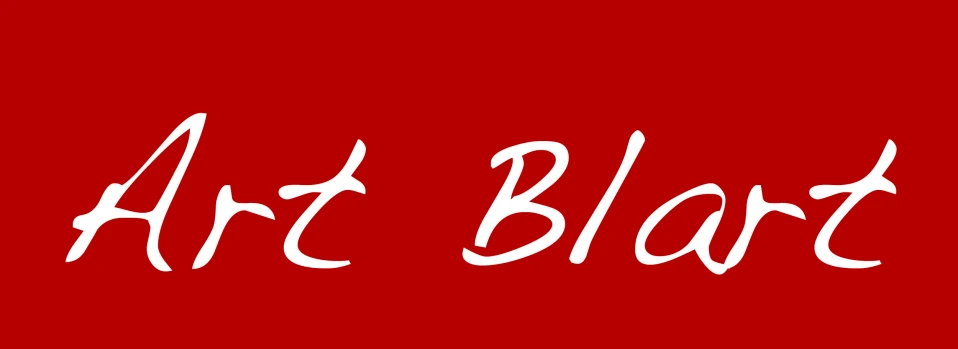


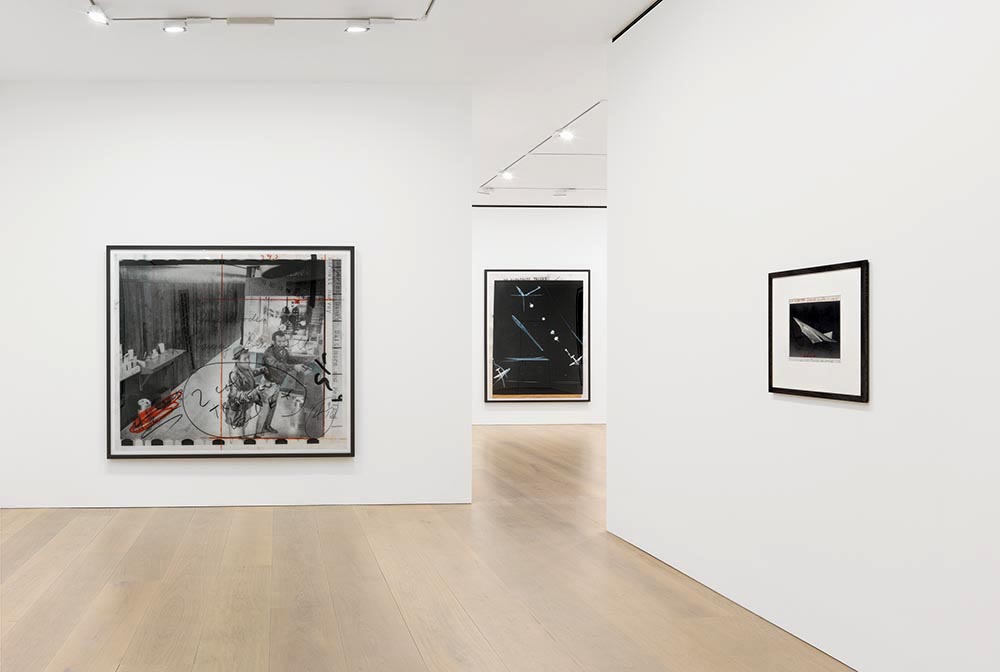

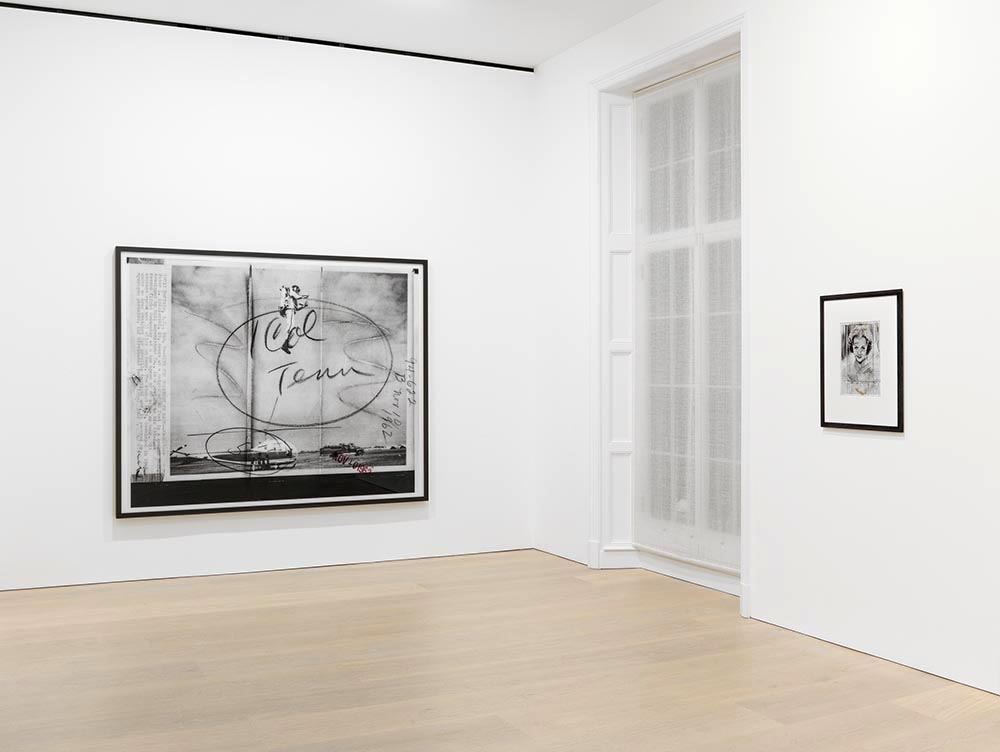
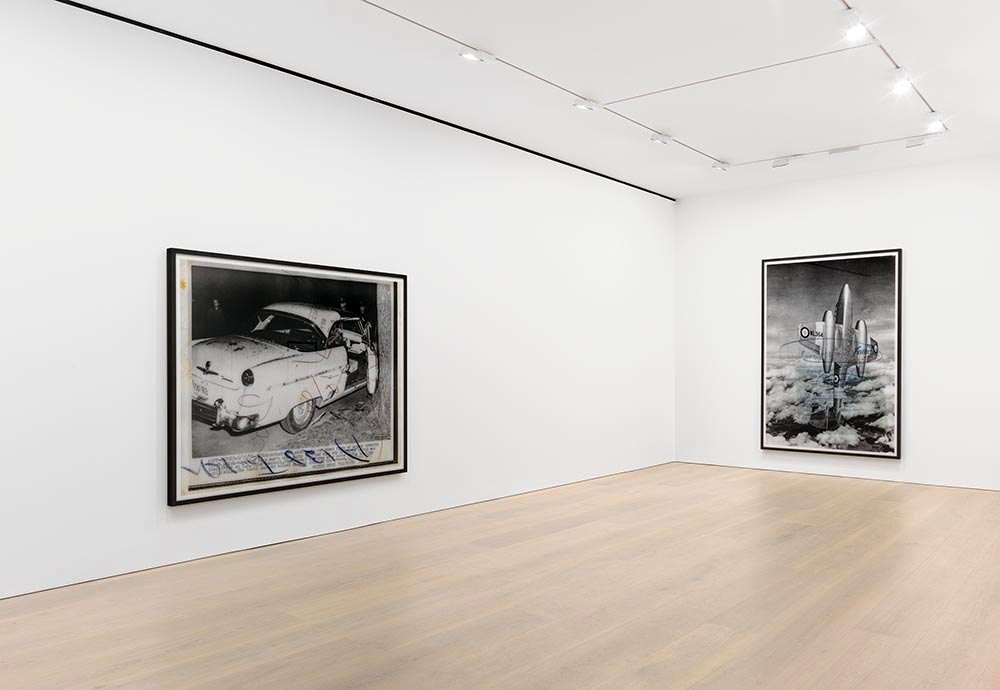
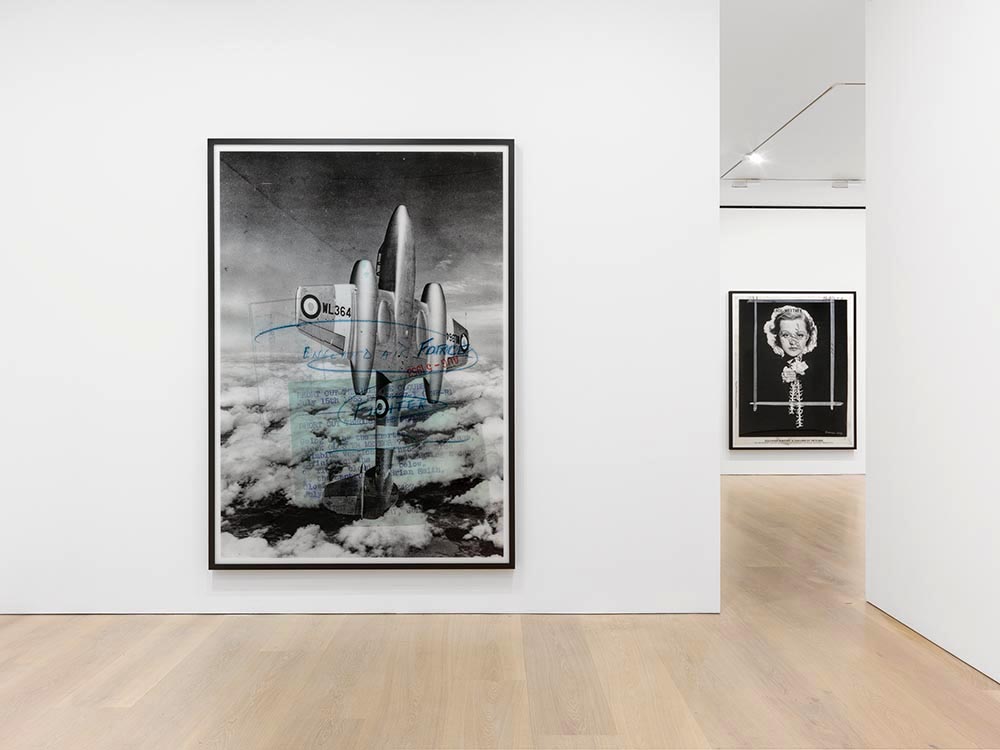



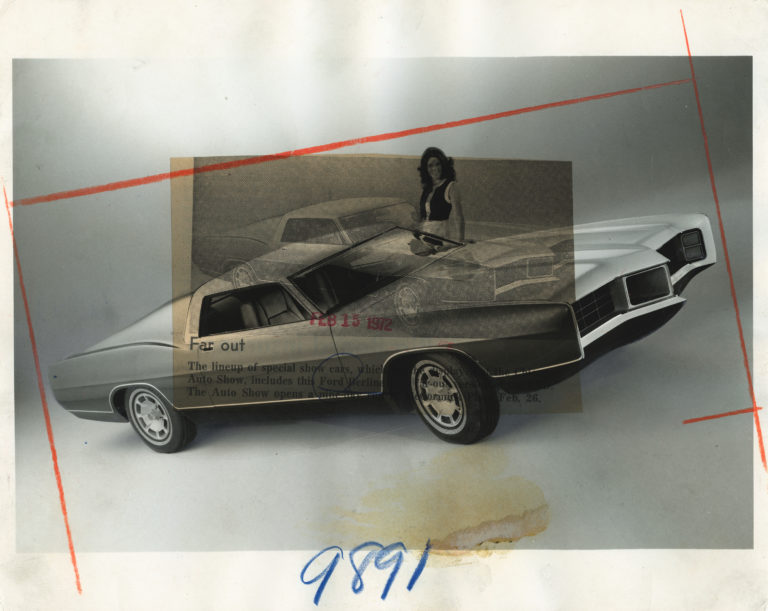
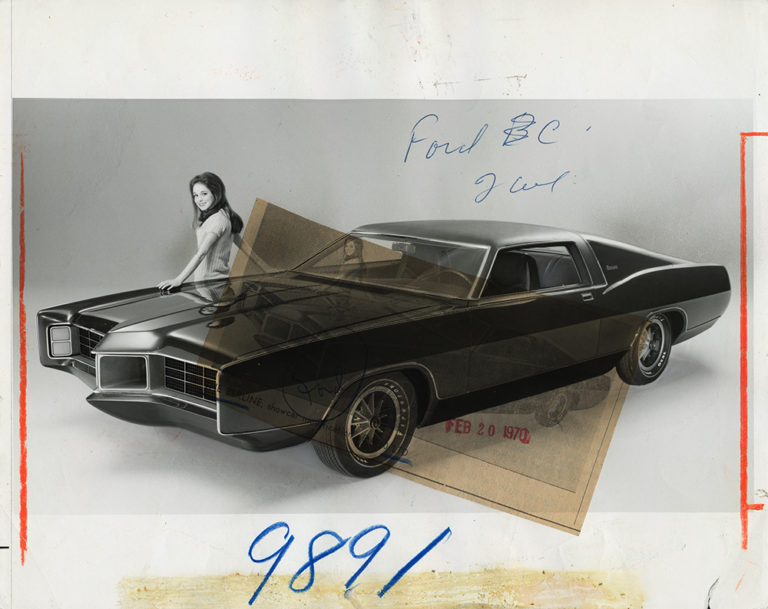




















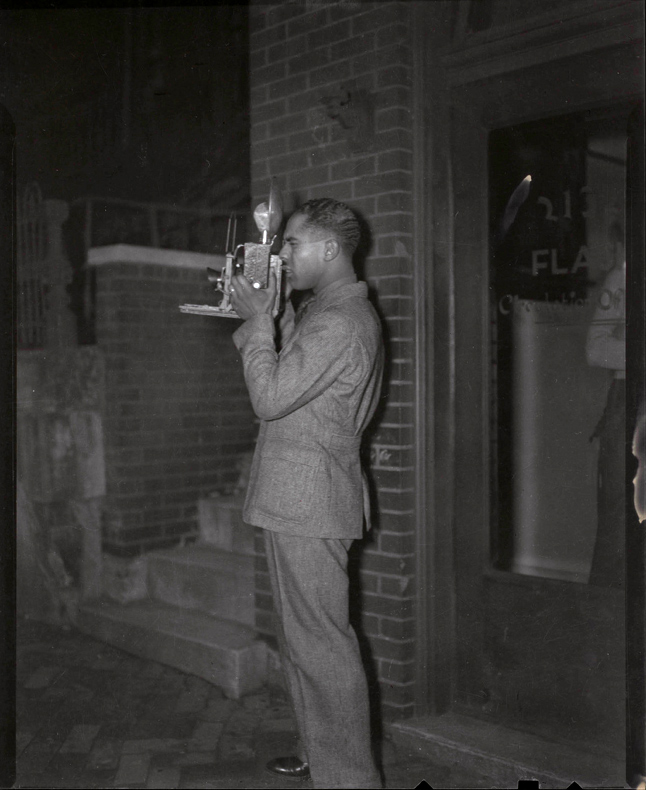
You must be logged in to post a comment.